#: This is the No. 1 most-recommended savings account in October 2023 — and it’s paying an enticing 5.25%

Table of Contents
We analyzed savings account reviews from 10 of the leading financial sites in America to find out which were the most often recommended.

These savings accounts were the most recommended by the experts across America’s most trusted financial sites.
Getty Images/iStockphoto
Not since the close of the 20th century have savings accounts delivered an annual percentage yield at the levels many high-yield products are delivering right now. But when you choose a savings account, it’s not just about chasing the highest rate; it’s also about determining which account has flexible terms, lower fees, no minimum balance requirements and other perks. Indeed, we know readers want high-yield savings accounts with the best return on your money and the best terms and fewest hassles they can find.
10 best high-yield savings accounts
UFB High-Yield Savings
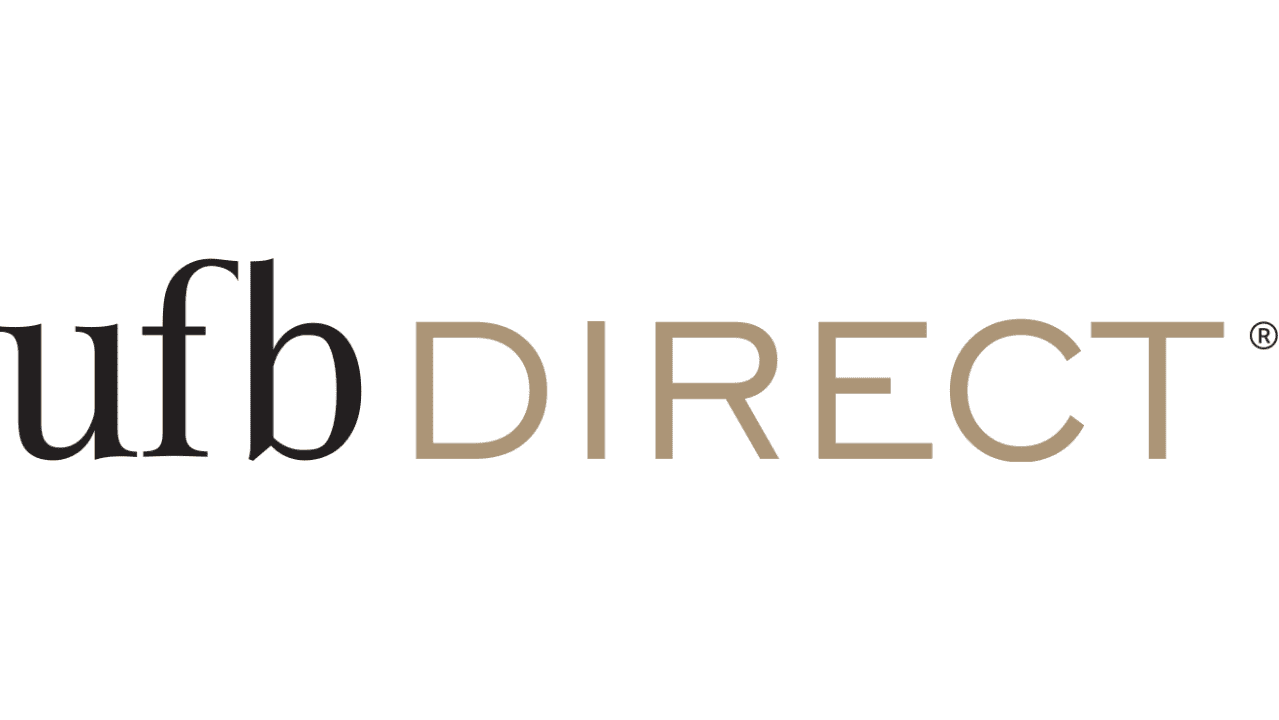
Minimum balance requirements: None
Monthly fees: None
Maximum transactions: No maximum number of transactions; maximum amount may apply
Overdraft fees: Overdraft fees may apply (terms)
Checking account: None
ATM card: Yes
Pros
- No minimum or maximum deposit restrictions
- No monthly maintenance fees
- Money-market account offers check-writing and ATM access
- 24/7 access to funds
Cons
- Account type only include a savings and money market account
- Below-average APY and high balance requirements to earn interest on its deposit products
- Website has limited information
Synchrony Bank High-Yield Savings
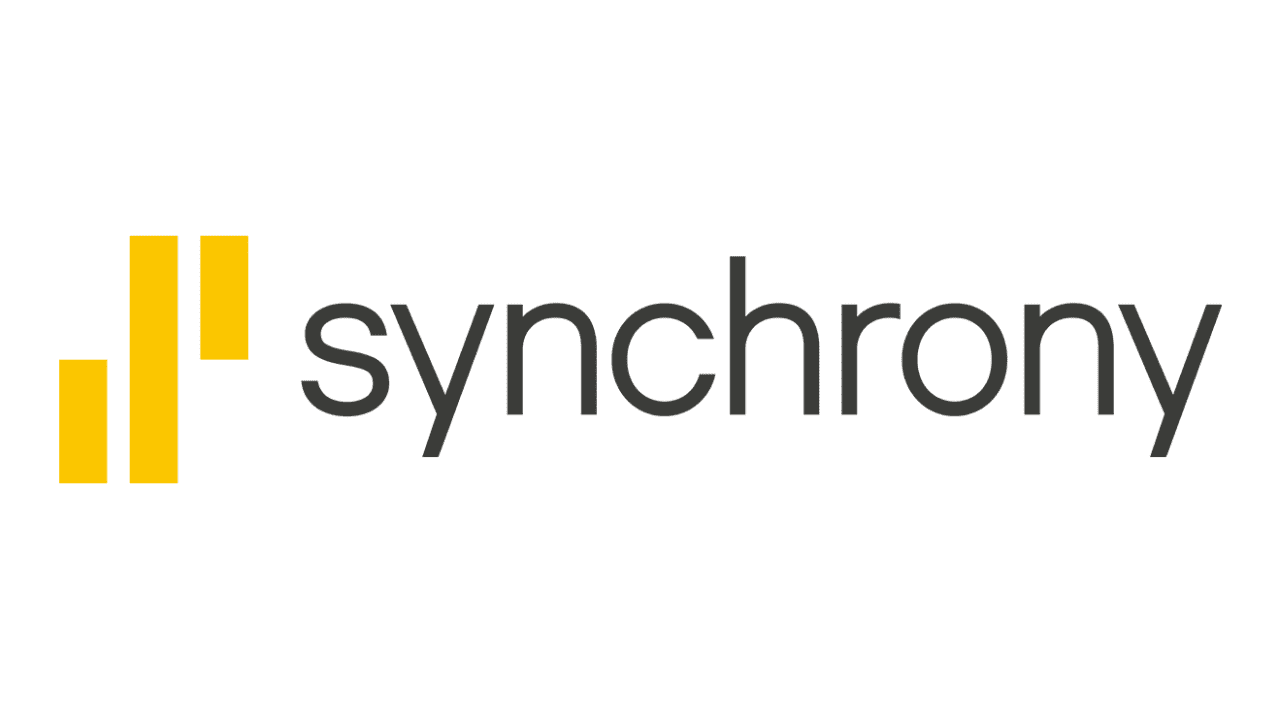
Minimum balance requirements: None
Monthly fees: None
Maximum transactions: Up to 6 free withdrawals or transfers per payment cycle
Overdraft fees: None
Checking account: None
ATM card: Yes
Pros
- Reimbursement up to $5 of out-of-network ATM fees per month
- No excessive transaction fees
Cons
- No physical branch location
- APY is based on accounts of $10,000 or more
SoFi Checking and Savings

Minimum balance requirements: None
Monthly fees: None
Maximum transactions: Up to six free withdrawals or transfers per statement cycle
Overdraft fees: Members who receive $1,000 or more in total monthly direct deposits are eligible for no overdraft fee.
Checking account: Yes
ATM card: Yes
Pros
- No monthly fees
- Includes checking and ATM access
- FDIC insured up to $2 million
- $250 welcome bonus for qualifying deposits of $5,000 or more; $50 for qualifying deposits of $1,000-$4,999
Cons
- Must set up direct deposit to earn
- No reimbursement for out-of-network ATMs
- Must open both checking and savings to qualify
Bread High-Yield Savings Account
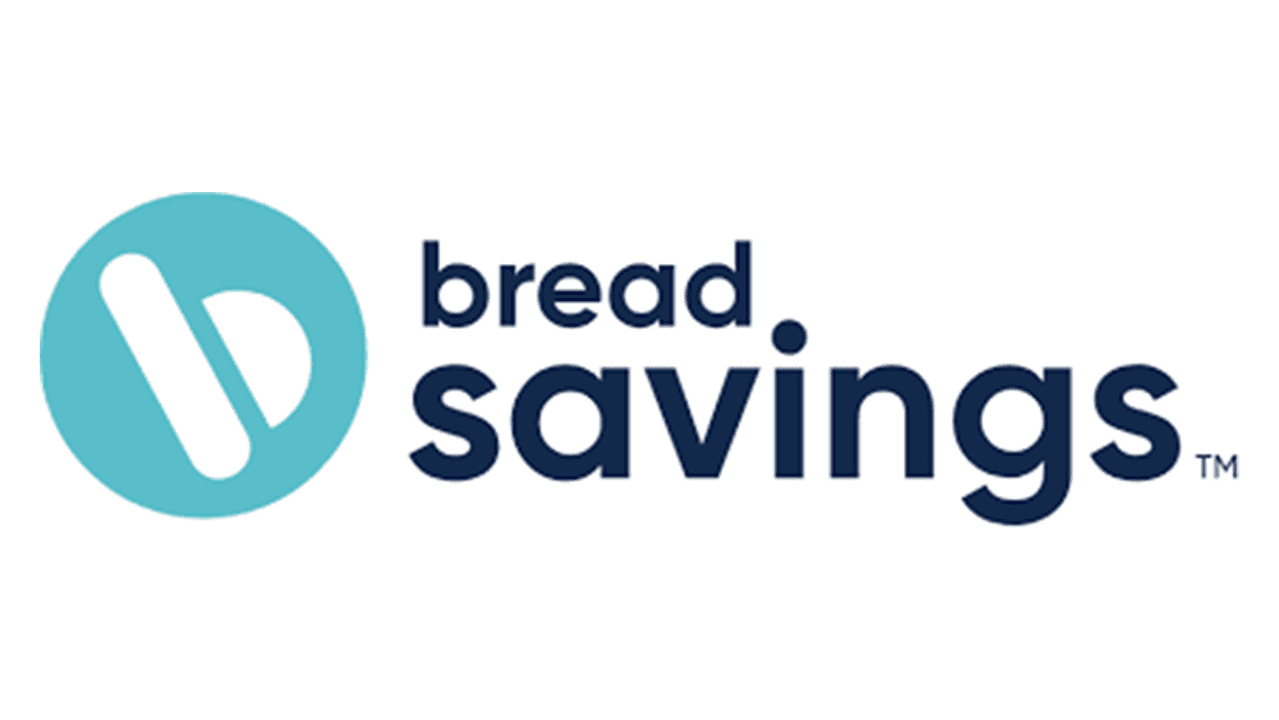
Minimum balance requirements: $100 minimum deposit to open an account
Monthly fees: None
Maximum transactions: None
Overdraft fees: None
Checking account: None
ATM card: None
Pros
- Online services
- No monthly fees
- Great CD rates available
Cons
- $100 account opening minimum
- $5 fee for paper statements
- $25 wire transfer fee
- No physical branches
Discover Bank Online Savings Account
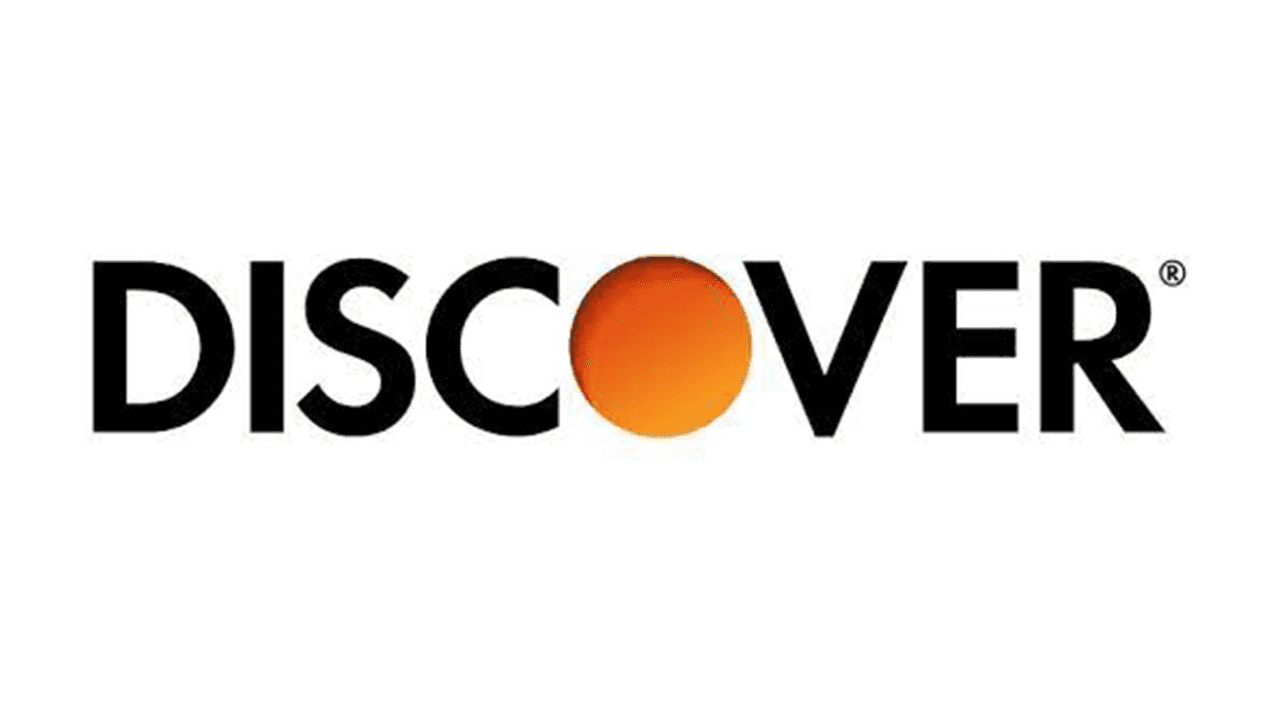
Minimum balance requirements: None
Monthly fees: None
Maximum transactions: None
Overdraft fees: None
Checking account: Yes
ATM card: Yes
Pros
- 24/7 account access
- Mobile banking tools available
Cons
- No sign-up bonus available
- Only online access
Marcus by Goldman Sachs High-Yield Online Savings
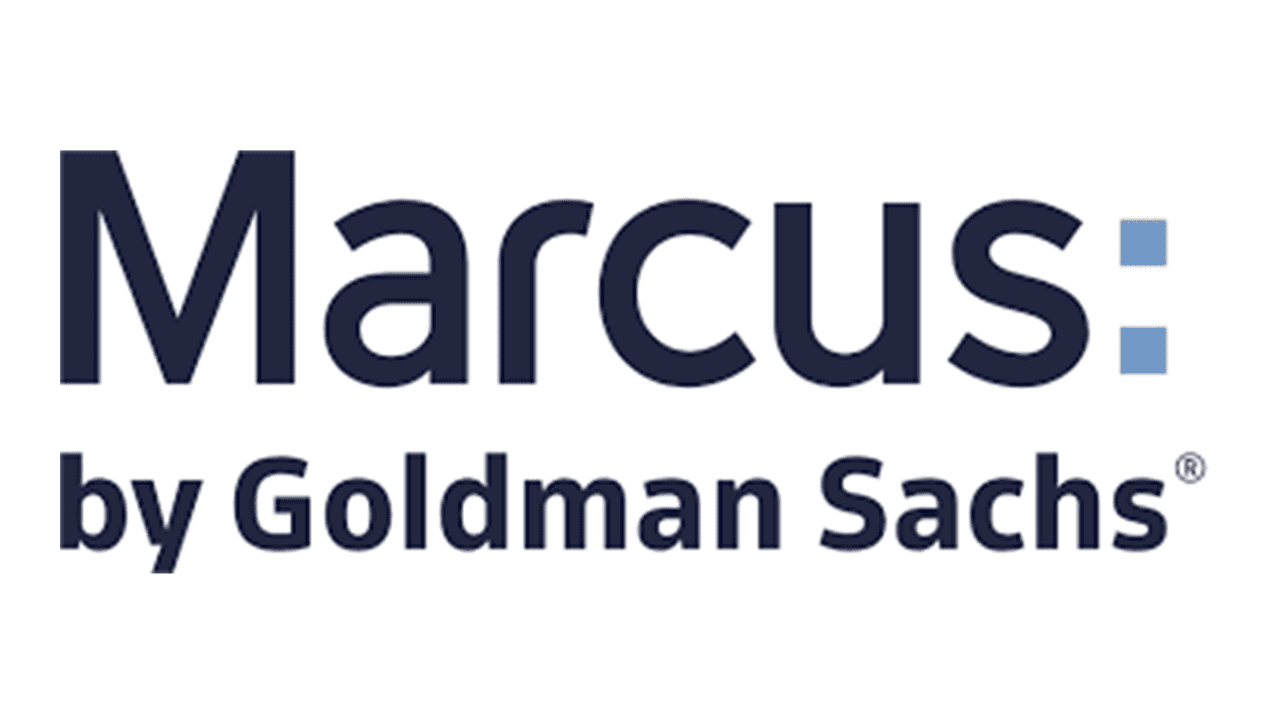
Minimum balance requirements: None to open and $1 to earn interest
Monthly fees: None
Maximum transactions: Same-day transfers are limited to $100,000
Overdraft fees: None
Checking account: None
ATM card: None
Pros
- No minimum balance requirements
- Highly intuitive mobile app
- No monthly service fees
- 24/7 customer service available
Cons
- No digital check deposit option
- No physical branch locations
- Cash deposits not available
- No ATM network
- Better APY available
Bask Bank Interest Savings Account
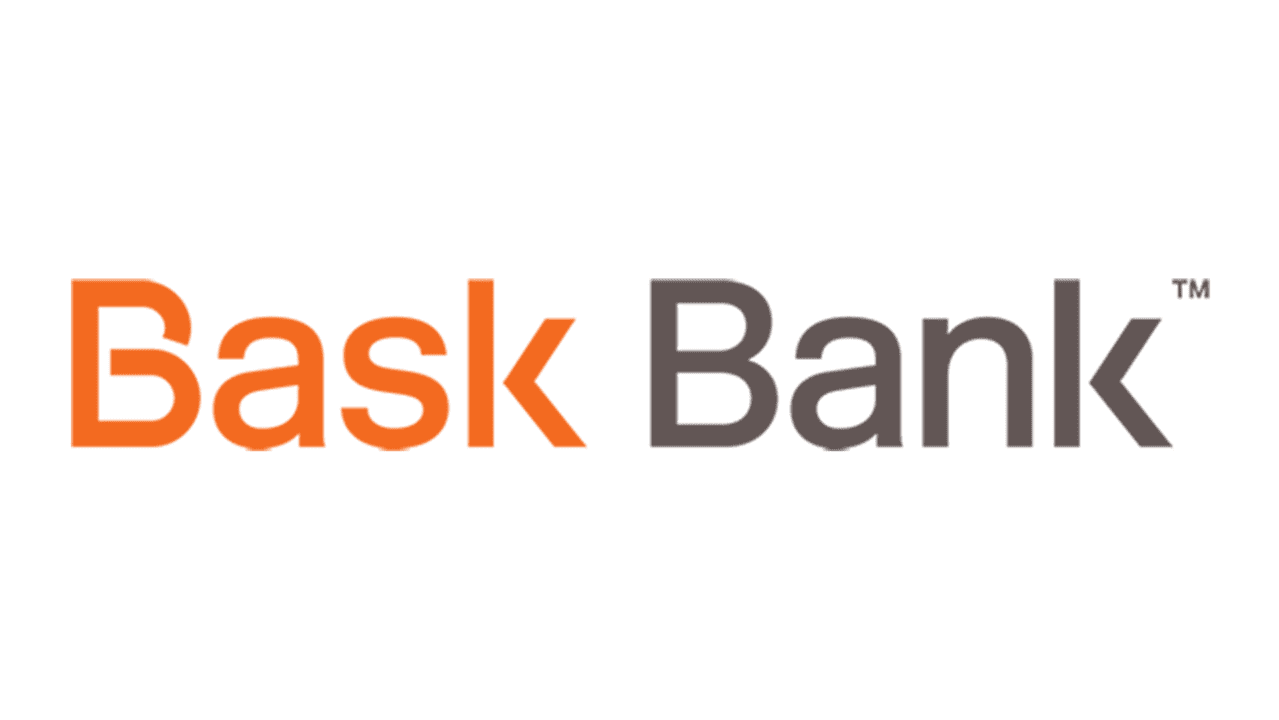
Minimum balance requirements: None
Monthly fees: None
Maximum transactions: Up to 6 free withdrawals or transfers per statement cycle
Overdraft fees: None
Checking account: None
ATM card: None
Pros
- No minimum balance requirements
- No monthly fees
- Ability to earn flier miles with American Airlines AAdvantage
Cons
- Relatively new Interest Savings Account offering that has not yet proven its consistency in offering high yield
- $35 fee for outgoing wire transfer
- No joint bank accounts
CIT Bank Platinum Savings

Minimum balance requirements: $100 minimum opening deposit required; no monthly balance requirements
Monthly fees: None
Maximum transactions: None
Overdraft fees: None
Checking account: Yes
ATM card: None
Pros
- No service fees
- Checking account and CDs are available
Cons
- $100 minimum opening deposit
- Only balances over $5,000 earn 5.05% APY with anything less earning 0.25% APY
- No free ATM network, but reimburses up to $30 of bank fees each month
- No physical branch locations
TAB Bank High-Yield Savings Account

Minimum balance requirements: $0.01 minimum balance required to earn APY
Monthly fees: None
Maximum transactions: None
Overdraft fees: None
Checking account: Yes
ATM card: None
Pros
- No monthly service fees
- No minimum deposit required to open an account
Cons
- No physical branch locations
- $5 paper statement fee
- No ATM network
Capital One 360 Performance Savings
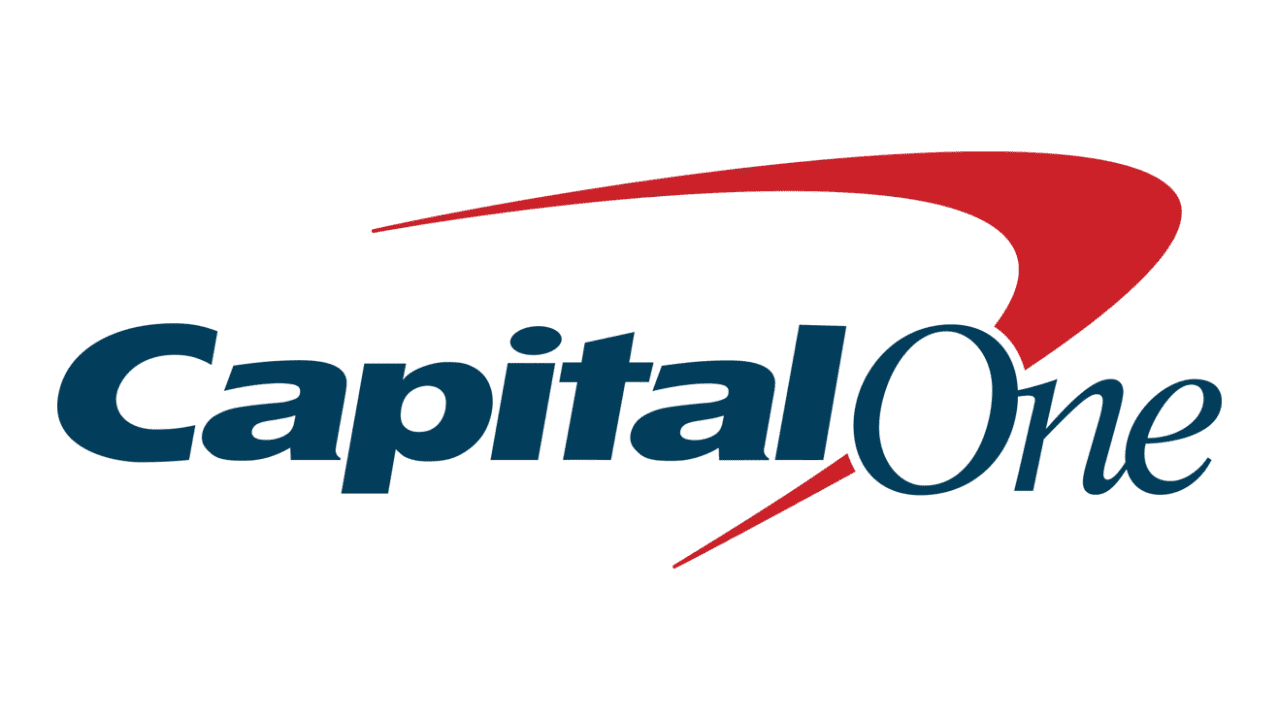
Minimum balance requirements: None
Monthly fees: None
Maximum transactions: None
Overdraft fees: None
Checking account: YesATM card: Yes, however only for checking account
Pros
- Track your savings with app and online tools
- Can be linked to a Capital One checking account
Cons
- ATM withdrawals must be transferred to a Capital One checking account
- Online only access
Methodology for choosing the best high-yield savings accounts
Every month, our team scours the internet for high-yield savings accounts recommendations to bring you the very best of the best. To do this, we first read reviews from Forbes Adviser, CNBC Select, Business Insider, SmartAsset, Nerdwallet, Bankrate, CNET, WalletHub, The Ascent/Fool.com and CreditKarma. We then ranked these accounts based on the total number of recommendations. Winners are determined by the number of times they appear on any of these lists. Simply put, banks that appear on the most “best savings account” lists score the highest. In the event of a tie, we select our choice for the account with the best deal.
Frequently asked questions (FAQs):
What is a high-yield savings account?
High-yield savings accounts are similar to traditional savings accounts, but they offer customers interest rates that are many times higher than the national average. With the proliferation of internet-only banks in the late 1990s, heightened competition to offer the best rates resulted in the phenomena now known as the high-yield savings account. While the typical savings account earns an average annual percent yield (APY) of 0.45%, according to FDIC data through Sep. 18, high-yield savings accounts can earn 5.00% APY or more.
How much can I earn on a high-yield savings account?
Some high-yield savings accounts are now paying 5% or more, though most don’t pay that much. What might a high-yield savings account actually earn you? Let’s say your savings account earns 2.00% APY. Savers can earn as much as $2,000 per year on $100,000.
How do a high-yield savings account stack up to other similar investment options?
Certificates of deposit
Interest rates for certificates of deposit, or CDs, have reached as high as a 7.19% APY as of September 2023. While CDs typically have fixed rates, and typically change depending on measures taken by the Federal Reserve, account holders can lock in these rates when they are high to reap the rewards.
Although CDs often come with a higher APY than most high-yield savings accounts, these investment options are set for a certain period of time and tend to come with penalties if withdrawals are made ahead of their respective maturity dates. High-yield savings accounts are generally a more liquid alternative to CDs, since you can make steady deposits and access the money as needed.
Money-market accounts
Money-market accounts generally come with larger minimum balances than typical savings or high-yield accounts. Rates are also slightly higher than a high-yield savings account and are subject to change over time.
One key difference is these accounts have historically been limited to six withdrawals and transfers per statement cycle. However, the rules have been suspended under the Fed’s revision of Reg. D as a result of the coronavirus pandemic. Some banks, though, have kept these terms in place, while others have made some adjustments. Another key difference from a high-yield savings account is that money-market accounts allow customers the ability to write checks.
Index funds
When it comes to holding cash for a short-term period or a near-term horizon, high-yield savings accounts offer relatively set and predictable returns based on their interest rates. If you’re planning on holding your money for a longer-term period, like say for five years or more, you may want to also consider investing your money in an index fund.
These are essentially baskets of securities designed to follow a benchmark index, such as the S&P 500 or Nasdaq 100, and can deliver sizable long-term gains. While funds like the SPDR® S&P 500 ETF Trust, or
SPY,
had a loss last year of 18.17%, it has delivered a 5-year gain of 9.47% and 10-year return of 11.69%, as of Oct. 3, 2023, according to Morningstar.
Are high-yield savings accounts safe?
As long as you open an account that is FDIC- or NCUA-insured then your money is typically protected up to $250,000. The government agency known as the Federal Deposit Insurance Corporation, or the FDIC, insures up to $250,000 per depositor, per insured bank, for each account ownership category, so there is little to no risk of capital loss. The NCUA, or the National Credit Union Administration, is an independent federal agency created by Congress in 1971 to insure deposits at federally insured credit unions and members who own credit unions.
In some cases, such as robo advisers for instance, these accounts may offer an even higher rate of protection. Just be sure to read the fine print to ensure your money is safe.
How do I choose the best high-interest savings account?
Choosing a high-yield savings account really depends on what you’re looking for as a saver. Some key factors you may want to consider include interest rates, fees, location and accessibility of your money. The annual percentage yield (APY), which determines how much interest your money will earn while stored in a high-yield savings account can differ depending on the bank you choose to store it with.
Look too at account minimums, deposit requirements and associated fees. There are often bonuses involved if you set up tools like direct deposit or meet various other requirements. Another important factor you may want to consider is whether you want an online-only bank or one that has brick-and-mortar locations.
How often do high-yield savings rates change?
One factor you should be aware of before opening a high-yield savings account is that interest rates are variable. That means they are subject to change depending on any adjustments made to the federal funds rate, which is set by the Federal Open Market Committee (FOMC), the government agency responsible for setting monetary policy for the Federal Reserve.
By
Andrew Shilling
If you liked the article, do not forget to share it with your friends. Follow us on Google News too, click on the star and choose us from your favorites.
For forums sites go to Forum.BuradaBiliyorum.Com
If you want to read more News articles, you can visit our News category.

![#USC steamrolled by Utah in loss that could cost Trojans CFP berth [Video] #USC steamrolled by Utah in loss that could cost Trojans CFP berth [Video]](https://s.yimg.com/ny/api/res/1.2/sqRFwGtyjpdGsPvwXR.wcQ--/YXBwaWQ9aGlnaGxhbmRlcjt3PTEyMDA7aD04NDE-/https://media.zenfs.com/en/aol_yahoo_sports_800/543118b1a22e126c44a5037d58d0a88e)


